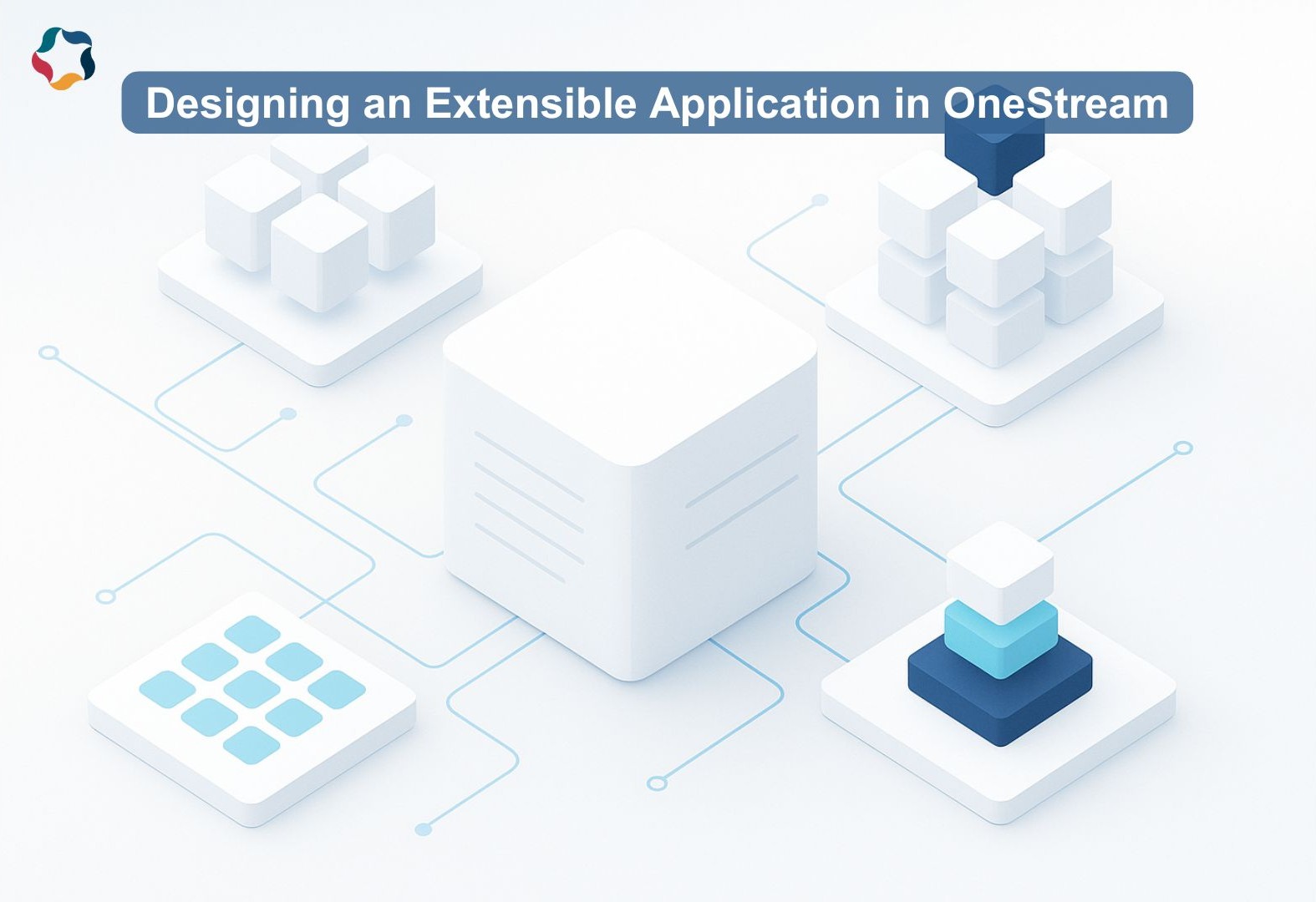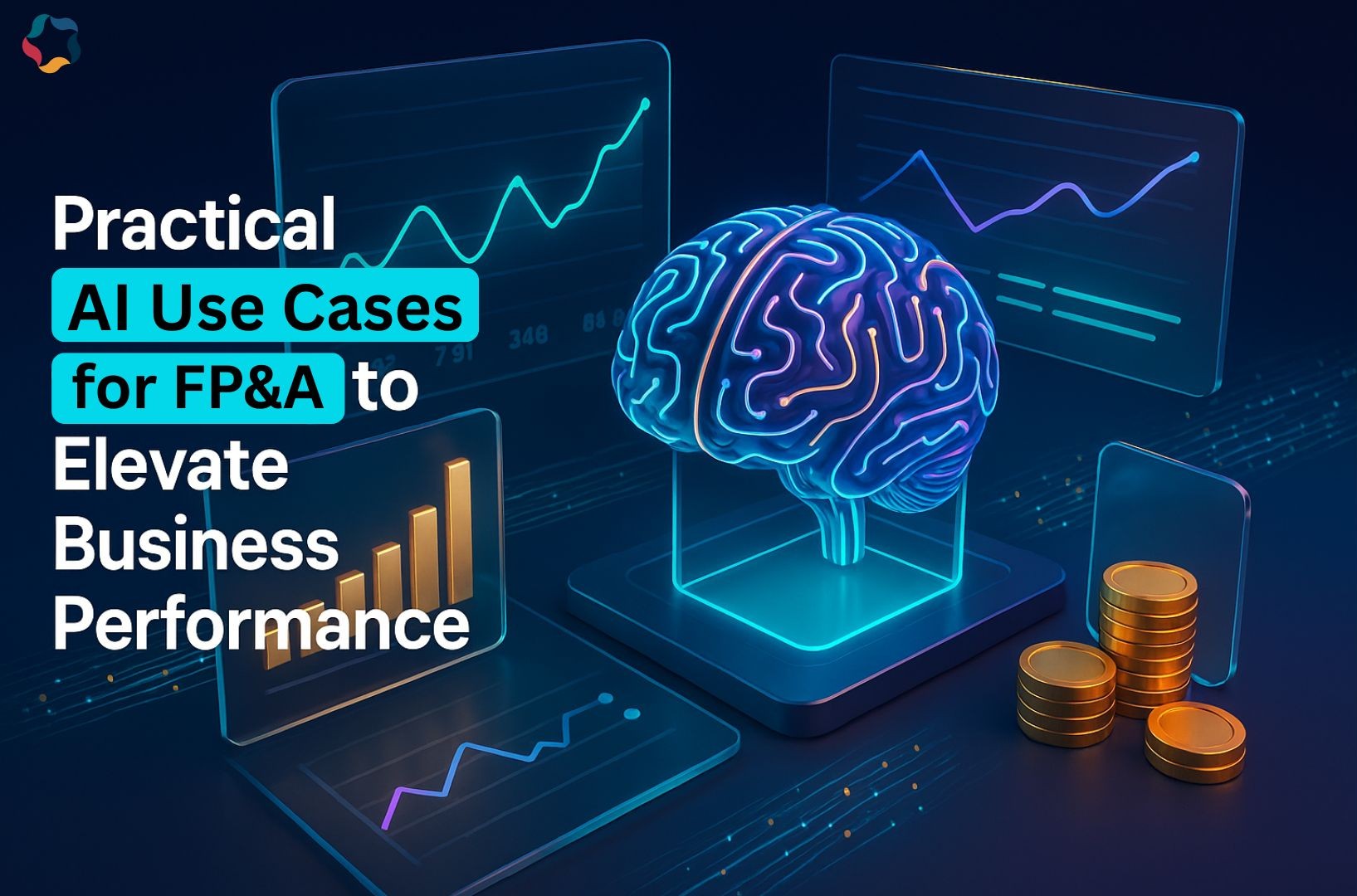
Table of Contents
Introduction
In today’s rapidly evolving business landscape, agility, transparency, and accuracy in financial consolidation and reporting are no longer optional — they are essential for competitiveness. As businesses look to modernize these processes, OneStream migration is emerging as a strategic path forward. For years, enterprises have relied on legacy systems such as Oracle Hyperion Financial Management (HFM) and SAP Business Planning and Consolidation (BPC) to manage these functions.
However, as data volumes increase and organizations expand globally, these systems often struggle to meet modern demands. Common pain points include fragmented integrations, performance limitations, and escalating maintenance efforts. These challenges have motivated many finance and IT leaders to explore OneStream migration, a unified Corporate Performance Management (CPM) platform designed for scalability, automation, and real-time insights.
Migrating to OneStream isn’t merely a system replacement; it’s a strategic transformation that modernizes your entire finance ecosystem. This article outlines the major technical considerations and best practices required to ensure a smooth, efficient, and value-driven OneStream migration journey.
Key Technical Considerations for a Successful OneStream Migration
1. Understand the Strategic Drivers
Before beginning your OneStream migration, it’s crucial to define the why. Legacy tools like HFM and BPC often result in:
● Data silos that limit cross-functional visibility.
● Manual processes requiring constant IT support.
● Rigid structures that make adapting to new business models difficult.
In contrast, OneStream unifies financial close, consolidation, planning, and reporting in a single platform. Its extensible architecture and built-in integration capabilities empower finance teams to work independently, streamline workflows, and reduce dependency on IT resources.
Clearly articulating your migration objectives whether it’s reducing consolidation time, improving data accuracy, or enabling self-service analytics will help shape the OneStream migration project scope and success criteria.
2. Assess Data Compatibility and Structure
Data alignment is one of the most complex and critical aspects of any OneStream migration. Legacy systems may use different hierarchies, account structures, or consolidation rules. Begin by performing a comprehensive data assessment that includes:
● Chart of Accounts (COA) mapping and normalization.
● Entity and dimensional hierarchy alignment between HFM/BPC and OneStream.
● Intercompany elimination and currency translation logic review.
● Metadata validation to ensure naming conventions and rollups are consistent.
Creating a data transformation strategy ensures accuracy and completeness during the migration. Conduct multiple test cycles unit testing, integration testing, and user acceptance testing (UAT) to validate financial integrity before going live.
3. Review and Optimize Technical Infrastructure
A successful OneStream migration depends on robust and scalable infrastructure. Early in the process, evaluate your deployment model options cloud, on-premises, or hybrid.
OneStream Cloud offers enhanced scalability, automatic updates, and reduced infrastructure management, making it a preferred choice for organizations pursuing digital transformation.
Key infrastructure considerations include:
● Security and authentication protocols: Ensure compliance with corporate policies (e.g., SSO, Active Directory integration).
● Performance tuning: Validate network bandwidth, database configuration, and server capacity.
● Disaster recovery and backup: Establish a robust continuity plan for business-critical data.
By addressing these technical prerequisites early, you minimize post-migration performance risks and compliance concerns.
4. Plan for Seamless System Integration
Modern finance ecosystems rely on seamless data flow across multiple platforms ERP, HR, CRM, and data warehouses. OneStream’s integration flexibility and Marketplace solutions make it easier to connect and extend functionality.
Start by mapping all data sources and dependencies. Identify which systems feed financial data and how those integrations will be maintained post-migration. Consider using APIs or pre-built connectors from OneStream’s Marketplace to automate recurring data exchanges.
A well-integrated design ensures:
● Real-time access to accurate data.
● Elimination of redundant data handling.
● Streamlined workflows across finance, operations, and IT.
These integrations are central to the long-term success of your OneStream migration strategy.
5. Manage Historical Data Migration Thoughtfully
Historical data provides valuable context for financial trends, variance analysis, and audit compliance. However, migrating every historical record may not be necessary or efficient.
Adopt a data retention strategy by classifying data into categories such as:
● Active financial data: To be migrated into OneStream for ongoing analysis.
● Archived data: To be stored externally but easily accessible for audits.
● Legacy data: To be transformed only if required for comparative reporting.
This approach ensures a clean, optimized system while maintaining traceability and compliance standards throughout your OneStream migration process.
6. Create a Structured Migration Roadmap
A structured roadmap helps manage complexity and control risks throughout the migration. Divide your project into clear stages:
1. Assessment & Discovery – Understand current system usage and define scope.
2. Design – Model the target OneStream architecture, metadata, and integrations.
3. Build & Configure – Develop and configure modules, dimensions, and workflows.
4. Testing – Execute multiple test cycles to validate logic and data accuracy.
5. Deployment & Go-Live – Transition operations to OneStream with minimal disruption.
6. Post-Go-Live Optimization – Fine-tune performance and enhance user adoption.
Each phase should include defined milestones, ownership, contingency plans, and measurable success metrics. A well-defined roadmap ensures your OneStream migration remains on track, within budget, and aligned with business priorities.
7. Invest in User Training and Change Management
Technology alone doesn’t drive transformation people do. OneStream’s value is best realized when users understand its capabilities and embrace new processes.
Provide role-based training for finance, IT, and business users. Encourage hands-on workshops focused on:
● Workflow automation and dashboard creation.
● Metadata management and reporting design.
● Troubleshooting and self-service analytics.
In parallel, implement a change management plan that communicates the benefits of migration, addresses resistance, and encourages collaboration between teams. Effective user enablement is a key success factor for sustainable OneStream migration adoption.
8. Establish Robust Post-Migration Support
Your migration journey doesn’t end at go-live it evolves into continuous optimization. Set up a support framework that includes:
● System performance monitoring and incident management.
● Ongoing user assistance and feedback loops.
● Regular updates and feature adoption from the OneStream MarketPlace.
Partnering with a certified OneStream expert ensures your system remains aligned with evolving business needs and technological advancements. This ongoing collaboration helps organizations maximize ROI from their OneStream migration investment.
Conclusion
Migrating from Oracle HFM or SAP BPC to OneStream represents far more than a technology upgrade it’s a strategic leap toward a unified, future-ready financial ecosystem. By meticulously addressing core aspects such as data migration, infrastructure readiness, system integration, user training, and continuous support, organizations can ensure a smooth transition and unlock the full potential of a modern CPM solution.
With a well-structured roadmap and guidance from experienced consultants, businesses can accelerate digital transformation, improve decision-making agility, and gain the flexibility to adapt to tomorrow’s challenges with confidence, all through a successful OneStream migration journey.

Sameer Pota
Project Manager
Sameer Pota is a Project Manager at Solution Analysts, recognized for effectively managing timelines, resources, and stakeholder communication. As a OneStream expert, he oversees client implementations, ensures seamless project delivery, and mentors developers to maintain best practices and deliver high-quality financial solutions.











 sales@solutionanalysts.com
sales@solutionanalysts.com solution.analysts
solution.analysts






